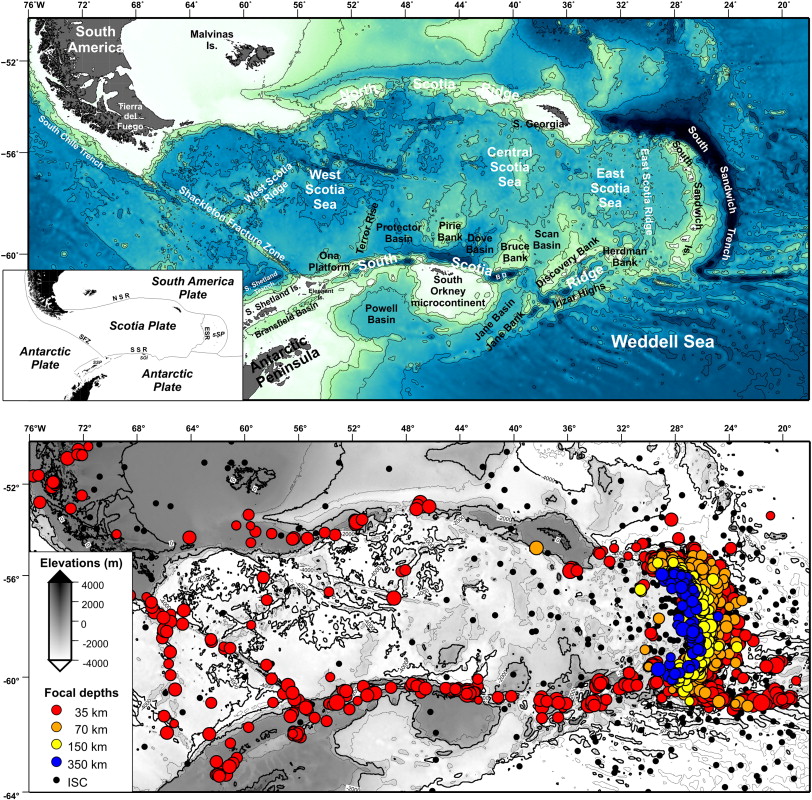The lack of high velocity impact models creates problems when arguing about interstellar asteroids. Long period comets from this Solar System might have enough energy to produce these effects.
I guessed that only interstellar asteroids would have enough velocity to cross the energy threshold.
Every model that I have seen has either been an airburst or an impact at about 20 kms. The absence of higher velocity models appears intentional. Common sense argues that at some velocity asteroids would easily punch through the crust and enter the mantle.
Interstellar impacts are the invisible opposing argument that drives their deceptive public arguments (Anoxia).
Academic unicorns are often found in engineer’s meat lockers.
I guessed that only interstellar asteroids would have enough velocity to cross the energy threshold.
Every model that I have seen has either been an airburst or an impact at about 20 kms. The absence of higher velocity models appears intentional. Common sense argues that at some velocity asteroids would easily punch through the crust and enter the mantle.
Interstellar impacts are the invisible opposing argument that drives their deceptive public arguments (Anoxia).
Academic unicorns are often found in engineer’s meat lockers.



